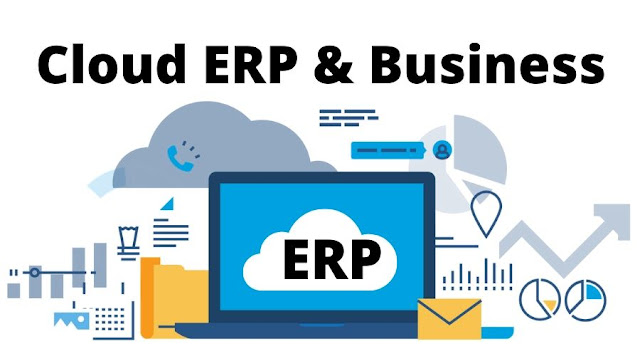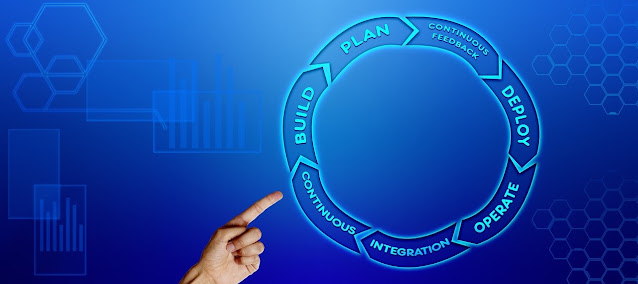ERP Business Solution and Its Significance
ERP represents
enterprise resource planning, yet what's the significance of ERP? The least
complex approach to characterize ERP is to consider all the centre cycles
expected to run an organization: finance, manufacturing, HR, supply chain,
services, procurement, and others. At its most fundamental level, ERP
incorporates these cycles into a solitary framework.
ERP or enterprise Resource Planning is growing steadily over more than a decade and now it becomes more modernize compare to earlier and more effective. It integrates internal and external information in an organization. The functional areas of ERP cover financing or accounting, sales and services, CRM.
By
definition the ERP integrated system is a single modernized system built around
a single or multi-server architecture purchased by the company and maintained
in-house.
What is ERP software?
ERP software
or programming modules are singular applications or programming item bundles
that can handle singular capacities utilizing the common framework.
The main characteristics of ERP:
ERP is an the incorporated framework that works in a constant framework.
It keeps a
typical information base which is utilized to help all applications.
ERP
maintains a consistent look and fill throughout each and every module.
Global
operations for a multinational business can be possible through ERP
Vital Functional areas of ERP:
As earlier
mentioned in the article above that ERP is used in finance, human resource,
manufacturing, supply chain management, customer relationship management.
Finance Sector: Accounting, cash management, fixed
assets, receivables, budgeting
Manufacturing Sector: Engineering, work orders, project
life cycle management
In Supply Chain Management: Inventory, purchasing, supply chain
planning
Customer Relationship Management
(CRM): Sales and
Marketing, Call centre support etc.
Benefits of ERP:
· The benefit of ERP by which
organizations work saves time and cost.
· It diminishes desk work by
guaranteeing quick handling of data
· Choices can be made all the more
rapidly and with less blunders.
· Data becomes visible across the
organization easily.
· ERP provides sales forecasting thus
allowing inventory optimization.
ERP can be
useful is order tracking. When a company receives orders for a product, being
able to properly track the orders can allow the company to get detailed
information on their customers and marketing strategies.
The
following advantages can be obtained from ERP systems centralizing business
data efficiently:
Elimination
of multiple system synchronization i.e. consolidation of finance, marketing and
sales, human resource, and manufacturing applications
ERP is
valuable in standard item naming/coding.
ERP helps
continuously data accessible to the executives anyplace, whenever to settle on
legitimate choices.
Delicate
information can be ensured by uniting numerous security frameworks into a
solitary construction.
Disadvantages of ERP
Along with
the advantages there are many disadvantages and limitations in Enterprise
resource planning (ERP).
The
achievement of the framework is completely reliant upon how the specialists use
it. Appropriately prepared specialists or workers, and various organizations
have endeavoured to set aside cash by diminishing the expense of preparing.
Yet, ERP is costlier. Quality can't be settled.
Customization
is required. ERP ought to be viably utilized by organizations. It should be
adjusted to suit the need of the organization. This implies ERP is costly.
The
integration of independent business can create unwanted discrepancies.
Evaluation
of ERP is very tedious and challenging as the complexities which are associated
with the changes are not easy to implement.
Execution of
ERP gives huge changes to staff work. ERP business solutions are for the most part involves three kinds of
administrations - counselling, customization and backing. The execution time
relies upon the size of the business, module numbers, and extent of cycle
change and the availability of the client to take over the responsibility for the project.



Comments
Post a Comment